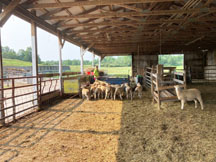
Canton, New York; July 27, 2022. The results of a Northern New York Agricultural Development Program (NNYADP) research project in 2021 demonstrate how fluctuating grain costs may impact sheep enterprises differently from year to year. Research comparing the growth of barn-fed versus pasture-raised summer lambs was designed to answer sheep producers’ questions on whether they could gain any income advantage with a feeding program that would make lambs ready for market more quickly. An informal trial in 2020 that favored pasture feeding but highlighted many data variables prompted this second trial that produced data favoring barn-fed lambs, demonstrating the annual variability.
The results of the summer lambs feeding trial conducted at the Cornell Cooperative Extension Learning Farm in Canton, New York, are posted on the NNYADP website under the About: Projects tab at https://www.nnyagdev.org.
Forty-one lambs were split into two groups in the spring of 2021 with one group left on pasture with mother ewes and one group weaned at eight weeks into a barn environment and eased into a full-grain diet. The lambs in each group were periodically weighed, monitored for parasites, and treated when warranted.
At the end of the eight-week study period, the barn-fed lambs weighed 19.24 pounds more than the pasture-fed lambs. Based on this weight and the per-pound sale price for lambs in the fall of 2021 at the New Holland, Pennsylvania, sale barn, the weight difference in the barn-fed lambs represented a gross income potential for $52 more per lamb. This number less the extra cost for 161 pounds of grain fed per lamb represented a net income of $15.40 per lamb over the cost of grain in 2021.
The final project report also details other costs and management factors that need to be considered in planning a summer lamb feeding strategy. These considerations include the costs of mineral supplementation, for parasite prevention and treatment of lambs and ewes, and for lamb losses to predators, as well as fuel and labor costs associated with clipping pastures and moving fences to rotate grazing areas.
Over the eight-week study period, the average daily weight gain (ADG) of the barn-fed lambs ranged from 0.70 to 1.04 pounds per day; the ADG of the pastured lambs ranged from 0.13 to 0.83 pounds per day.
In a two-week extended trial period, the ADG for the barn-fed lambs was 0.58 pounds per day compared to 0.92 pounds per day for the pastured lambs that had been weaned and brought into the barn and fed approximately one pound per day of the barn-fed lambs’ grain diet and all the hay they could eat.
Cornell University graduate student Hannah Braun of Lisbon, New York, handled data collection and management of the barn-fed lambs as part of her honors thesis development.
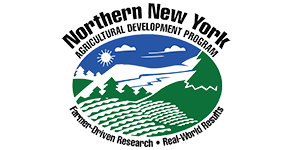 Funding for the Northern New York Agricultural Development Program is supported by the New York State Legislature through the New York State Assembly and administered by the New York State Department of Agriculture and Markets. NNYADP project results are publicly accessible at https://www.nnyagdev.org.
Funding for the Northern New York Agricultural Development Program is supported by the New York State Legislature through the New York State Assembly and administered by the New York State Department of Agriculture and Markets. NNYADP project results are publicly accessible at https://www.nnyagdev.org.
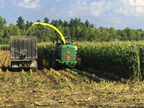
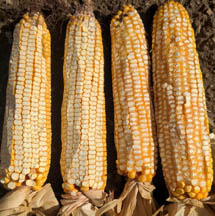

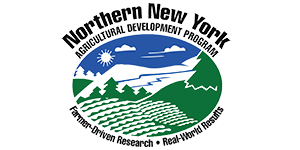 Funding for the Northern New York Agricultural Development Program is supported by the New York State Legislature through the New York State Assembly and administered by the New York State Department of Agriculture and Markets.
Funding for the Northern New York Agricultural Development Program is supported by the New York State Legislature through the New York State Assembly and administered by the New York State Department of Agriculture and Markets.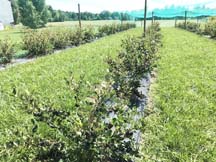
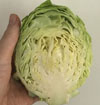
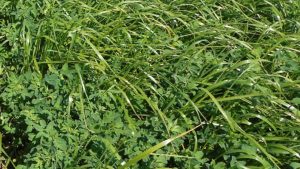 Philadelphia, New York; June 22, 2022. Spring harvest may account for as much as half of the total forage crop yield fed to lactating dairy cows. The latest results of Northern New York Agricultural Development Program (NNYADP) research evaluating opportunities to increase the value of alfalfa-grass forage crops have been presented to farmers, crop consultants, dairy nutritionists, and extension educators in New York, Wisconsin, Utah, and Mid-Atlantic states.
Philadelphia, New York; June 22, 2022. Spring harvest may account for as much as half of the total forage crop yield fed to lactating dairy cows. The latest results of Northern New York Agricultural Development Program (NNYADP) research evaluating opportunities to increase the value of alfalfa-grass forage crops have been presented to farmers, crop consultants, dairy nutritionists, and extension educators in New York, Wisconsin, Utah, and Mid-Atlantic states. 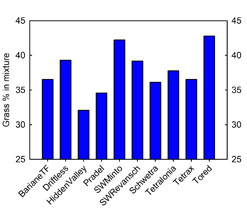 The 2021 NNYADP trial data showed that weather plays a crucial role for establishing grasses in a mix with alfalfa, with the potential to either produce no grass or a high percentage of grass in the mix.
The 2021 NNYADP trial data showed that weather plays a crucial role for establishing grasses in a mix with alfalfa, with the potential to either produce no grass or a high percentage of grass in the mix.
 The Northern New York Agricultural Development Program is a farmer-driven research program, established by the New York State Legislature for the six northernmost counties of New York State. Funding for the Program is supported through the New York State Assembly and administrated by the New York State Department of Agriculture and Markets.
The Northern New York Agricultural Development Program is a farmer-driven research program, established by the New York State Legislature for the six northernmost counties of New York State. Funding for the Program is supported through the New York State Assembly and administrated by the New York State Department of Agriculture and Markets.